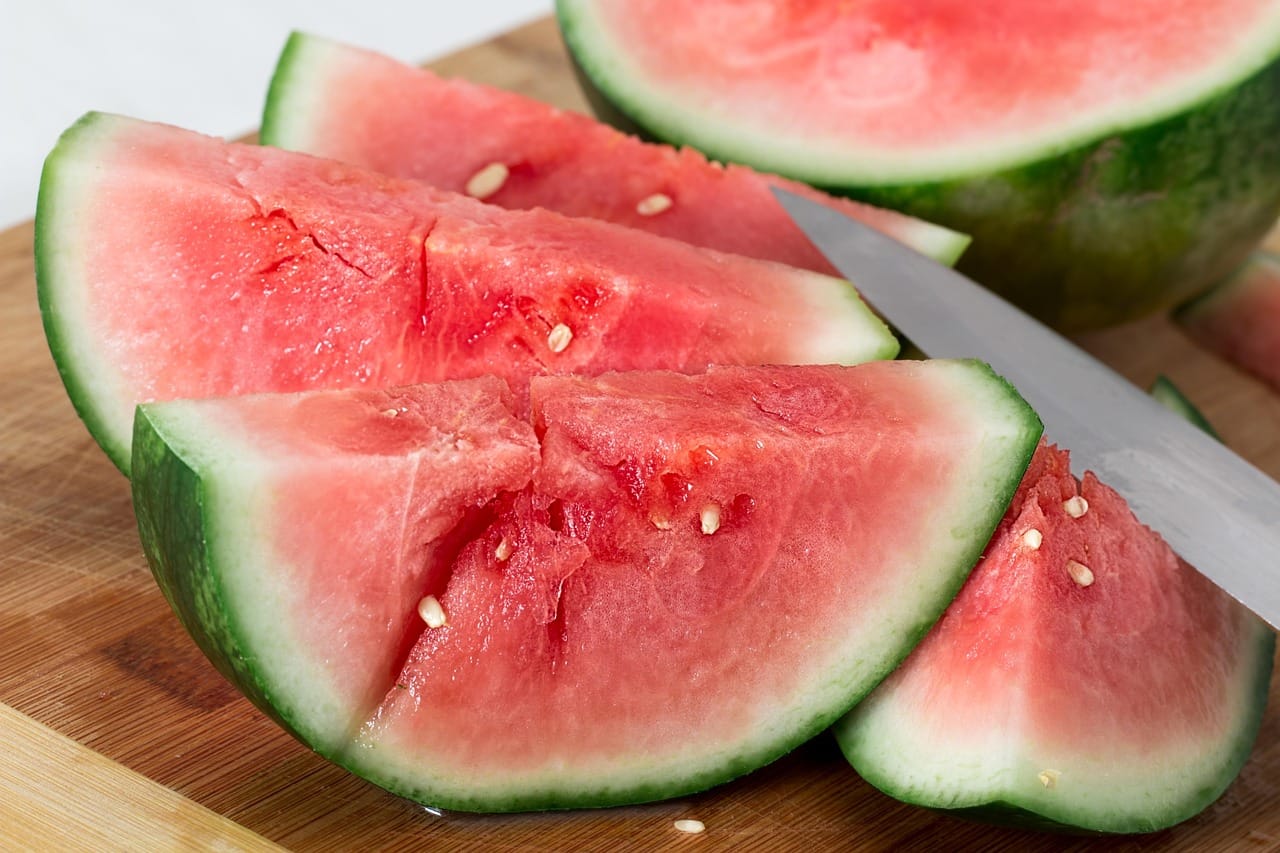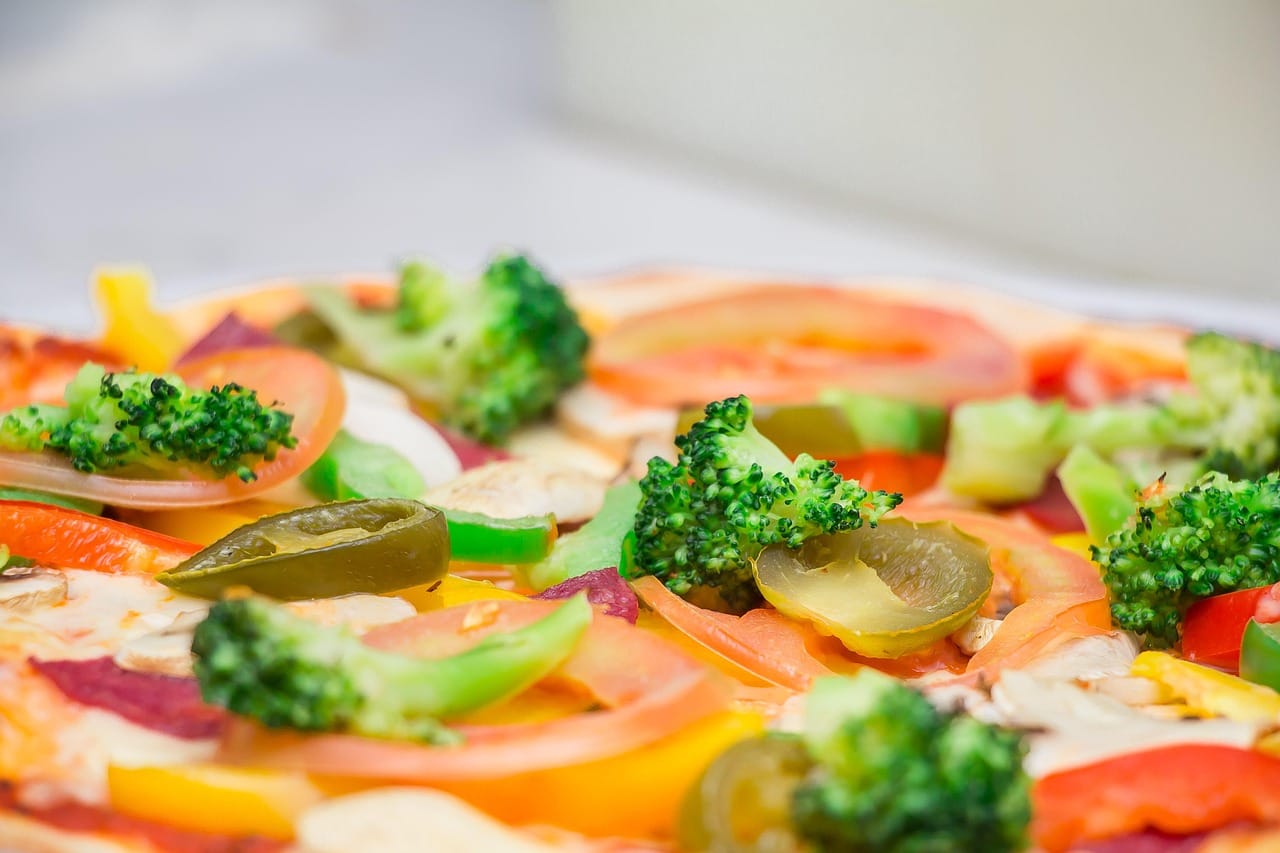Trifle, that gloriously layered dessert, evokes images of festive gatherings, comforting flavors, and delightful textures. From its humble beginnings as a simple cream-thickened dessert, it has evolved into a culinary masterpiece, adaptable to endless variations and personal preferences. Whether you’re a seasoned baker or a novice in the kitchen, understanding the art of trifle-making will undoubtedly elevate your dessert game and impress your family and friends.
Understanding the Anatomy of a Perfect Trifle
The Core Components: A Layered Symphony
A trifle isn’t just a dessert; it’s an experience. It’s about the harmonious interplay of different elements. Understanding these key ingredients is crucial for creating a truly memorable trifle.
- Cake or Sponge: This forms the base, providing a soft and absorbent foundation. Traditionally, sponge cake or ladyfingers are used, but leftover cake (like pound cake or angel food cake) works wonderfully.
- Fruit: Fresh, canned, or macerated fruit adds sweetness, acidity, and visual appeal. Berries, peaches, cherries, and even stewed apples are excellent choices. Consider the seasonality of your fruit for optimal flavor.
- Jelly/Jell-O: This adds a textural element and a vibrant color. It acts as a binder, holding the fruit and cake together. Use a complementary flavor to your fruit, such as raspberry jelly with mixed berries.
- Custard: The creamy heart of the trifle. Traditionally, it’s a vanilla custard, but variations like chocolate, coffee, or even a stabilized whipped cream can be used for a lighter touch.
- Cream: The crowning glory! Whipped cream, often flavored with vanilla or a liqueur, provides a light and airy finish.
- Liquor (Optional): A splash of sherry, brandy, or fruit liqueur adds a sophisticated touch, soaking into the cake and enhancing the flavors.
Choosing Your Trifle Bowl
The vessel you choose is almost as important as the ingredients themselves. A clear glass bowl is essential to showcase the beautiful layers.
- Shape and Size: A round or slightly angled bowl is ideal. Consider the size based on the number of servings you need. For a smaller gathering, a medium-sized bowl will suffice; for a larger crowd, opt for a larger, deeper bowl.
- Material: Glass is preferred as it allows you to see the layers. However, a clear plastic trifle bowl is a practical alternative for outdoor events or when transporting the trifle.
- Presentation: Think about how the shape of the bowl will affect the overall look of the trifle. A deeper bowl will create taller, more dramatic layers, while a wider bowl will offer a more expansive view of the ingredients.
Preparing Your Ingredients
Preparation is key to a smooth trifle-making process.
- Cake: Cut the cake into bite-sized pieces or cubes. Consider lightly toasting the cake for a slightly drier texture that absorbs the liquids better.
- Fruit: Wash, hull, and slice your fruit. If using canned fruit, drain it well. Macerate fresh fruit with a little sugar and liqueur for extra flavor.
- Jelly/Jell-O: Prepare the jelly according to package instructions. Allow it to set completely before layering.
- Custard: Make your custard from scratch or use a high-quality store-bought version. Ensure it’s smooth and chilled.
- Cream: Whip your cream to soft peaks, adding a touch of vanilla extract or sugar for flavor.
Trifle Variations: Exploring Flavor Combinations
Classic English Trifle
This is the quintessential trifle, a timeless classic.
- Ingredients: Sponge cake soaked in sherry, raspberry jelly, fresh raspberries, vanilla custard, and whipped cream.
- Layering: Cake, sherry, jelly, raspberries, custard, whipped cream.
- Garnish: Toasted almonds or candied fruit.
Chocolate Trifle
For the chocolate lover!
- Ingredients: Chocolate cake, chocolate pudding, chocolate shavings, fresh raspberries, whipped cream.
- Layering: Cake, chocolate pudding, raspberries, whipped cream, chocolate shavings.
- Tip: Drizzle the cake with coffee liqueur for an extra depth of flavor.
Berry Bliss Trifle
A vibrant and fruity explosion!
- Ingredients: Angel food cake, mixed berry jelly, fresh strawberries, blueberries, raspberries, vanilla custard, whipped cream.
- Layering: Cake, jelly, mixed berries, custard, whipped cream.
- Garnish: A sprig of mint for a pop of freshness.
Tips for Customization:
- Experiment with Different Liquors: Try Amaretto with almond cake, or Grand Marnier with orange segments.
- Use Different Types of Fruit: Consider tropical fruits like mango and pineapple for a summery twist.
- Add a Crunchy Element: Sprinkle crushed cookies or toasted nuts between the layers for added texture.
- Dietary Adaptations: Use gluten-free cake, dairy-free custard, and sugar-free jelly for dietary restrictions.
The Art of Layering: Creating Visual Appeal
Building the Perfect Layers
The order of your layers can significantly impact the overall taste and texture of your trifle.
- Foundation: Start with the cake or sponge as the base. This will absorb the liquids and prevent the other layers from becoming soggy.
- Liquid Infusion: Drizzle the cake with your chosen liqueur or fruit juice. This adds flavor and moisture.
- Jelly/Fruit Layer: Spread a layer of jelly or arrange your fruit over the cake.
- Custard Layer: Pour a generous layer of custard over the fruit.
- Repeat: Repeat the layers as desired, ensuring each layer is evenly distributed.
- Final Flourish: Finish with a generous topping of whipped cream and garnish with fruit, nuts, or chocolate shavings.
Pro Tips for Layering:
- Press Gently: Gently press down on each layer to ensure even distribution and prevent air pockets.
- Chill Time: Allow the trifle to chill for at least 4 hours, or preferably overnight, to allow the flavors to meld together.
- Visual Appeal: Think about the colors and textures of each layer when arranging them. Create contrasting layers for a visually stunning effect.
- Edge Definition: When layering, try to push the fruit or jelly slightly towards the edge of the bowl so that the distinct layers are visible.
Serving and Storing Your Trifle
Presentation Matters
The final presentation is the cherry on top (or the berry on the trifle!).
- Garnishing: Garnish your trifle with fresh fruit, toasted nuts, chocolate shavings, or a sprinkle of cocoa powder. Get creative and add edible flowers for a touch of elegance.
- Serving: Use a large spoon to scoop out generous portions, ensuring each serving includes all the layers.
- Temperature: Serve the trifle chilled for optimal enjoyment.
Storage Tips
Proper storage is crucial for maintaining the quality and freshness of your trifle.
- Refrigeration: Store the trifle in the refrigerator, covered tightly with plastic wrap, for up to 2-3 days.
- Preventing Soggy Cake: To prevent the cake from becoming too soggy, consider adding a layer of crushed cookies or toasted nuts between the cake and the custard.
- Cream Stability: Stabilized whipped cream (using gelatin or cornstarch) will hold its shape better during storage.
- Freezing: Freezing is not recommended as it can affect the texture of the custard and fruit.
Conclusion
Mastering the art of trifle-making opens a world of culinary possibilities. It is a customizable dessert that can be adapted to suit any occasion, using seasonal ingredients and personal preferences. With its delightful layers, harmonious flavors, and stunning presentation, the trifle is sure to be a crowd-pleaser. From understanding the core components to mastering the art of layering and presentation, the journey of creating a perfect trifle is as rewarding as the final product. So, gather your ingredients, embrace your creativity, and embark on a trifle adventure that will delight your taste buds and impress your loved ones. Happy trifle-making!




